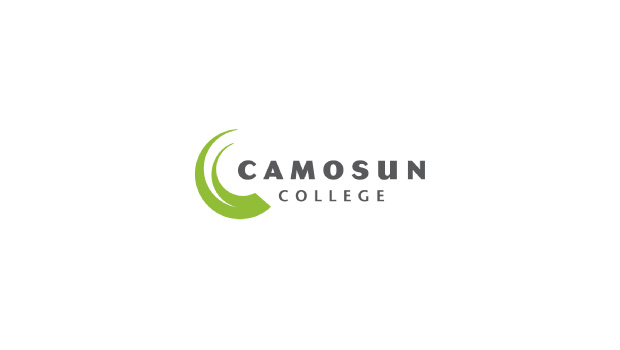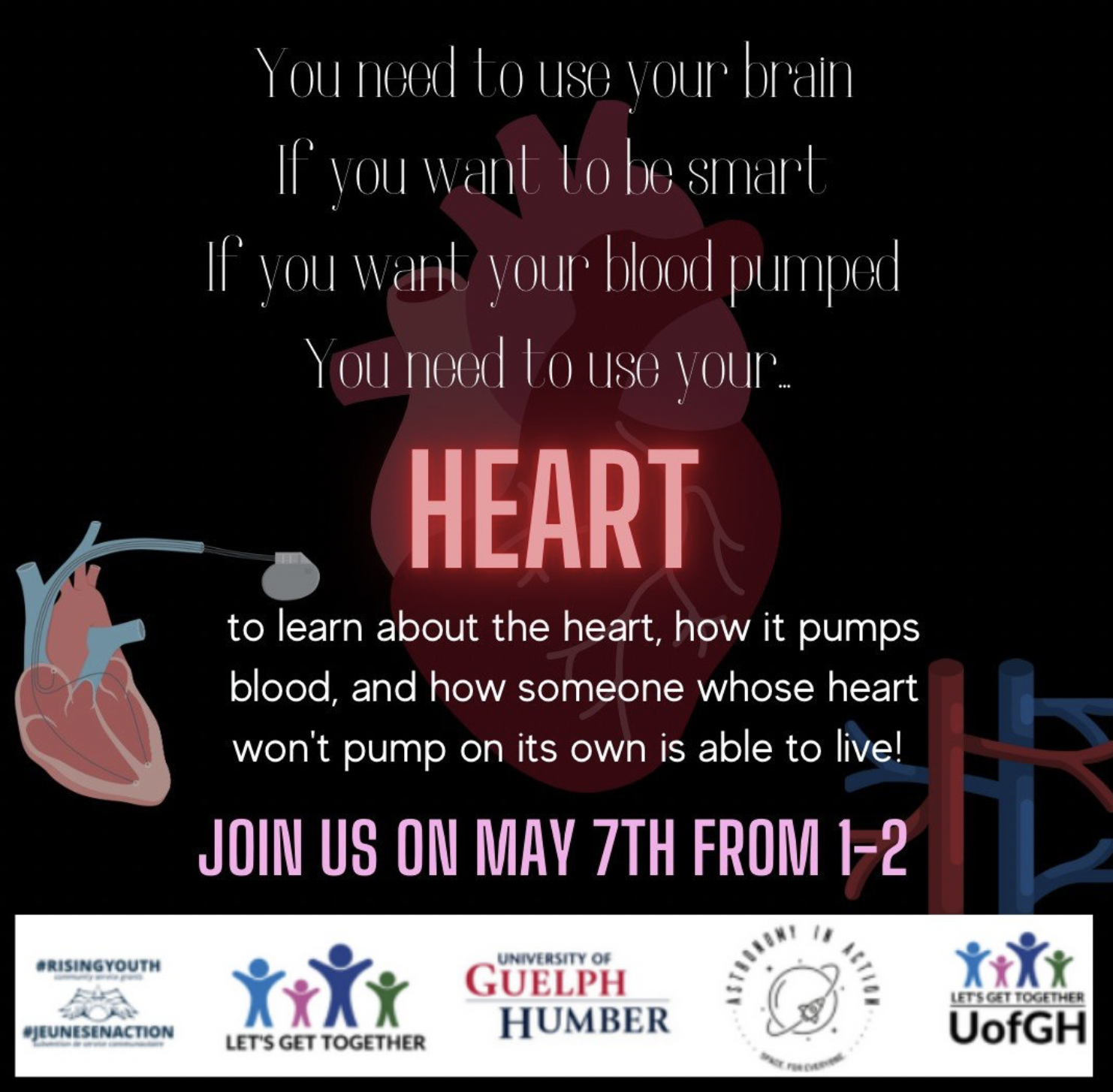
How Does Your Heart Work? & The Cyborg Heart
Did you know your heart beats about 115,000 times each day? Come and join our “How does the Heart Work and the Cyborg Heart” event where we explore how the heart does its job. Together we will gain a deeper understanding of how blood travels through the heart and what causes the heart to beat. We will also learn about how pacemakers keep a malfunctioning heart healthy and beating. Don’t miss a beat and sign up for this heart stopping activity today!
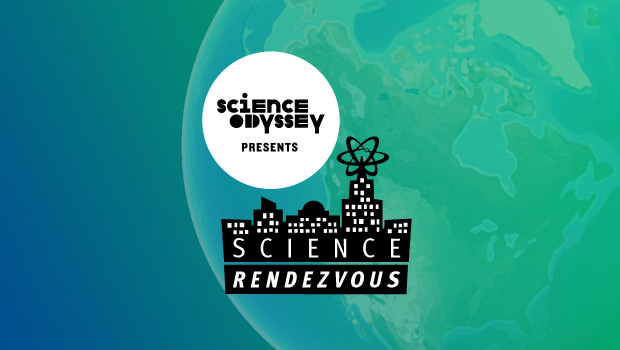
UofGH Science Rendezvous: Experience the Auroras
Join us as we unpack one of Earth’s marvels: the phenomena of Auroras! The UofGH Astronomy team will explore how auroras happen, where they can be found, and their cultural significance. This virtual event is FREE and open to all ages!
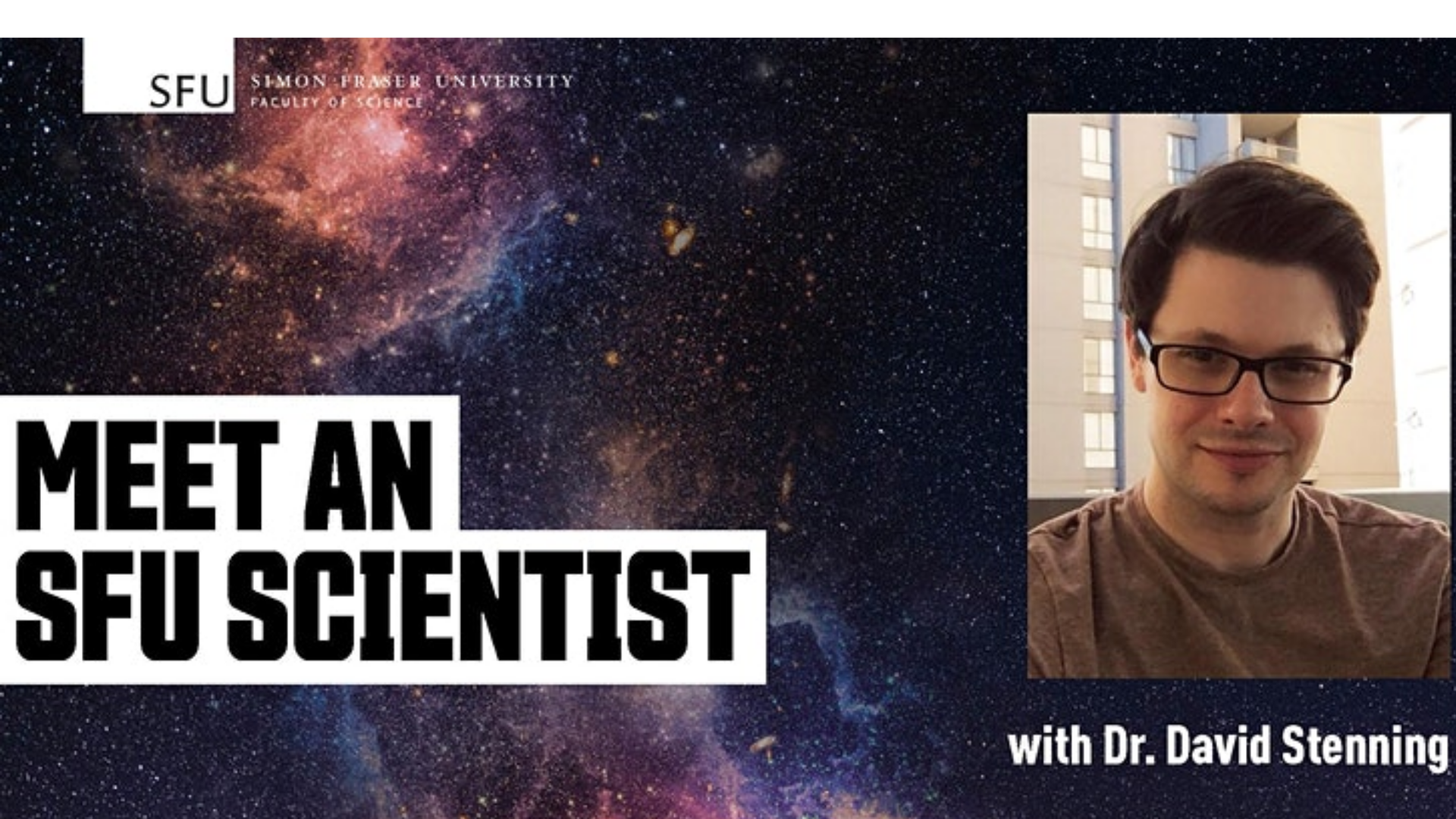
Meet an SFU Scientist (with Dr. David Stenning)
Dr. David Stenning will discuss how new research in the exciting interdisciplinary research field of astrostatistics is advancing both astronomy and statistics.
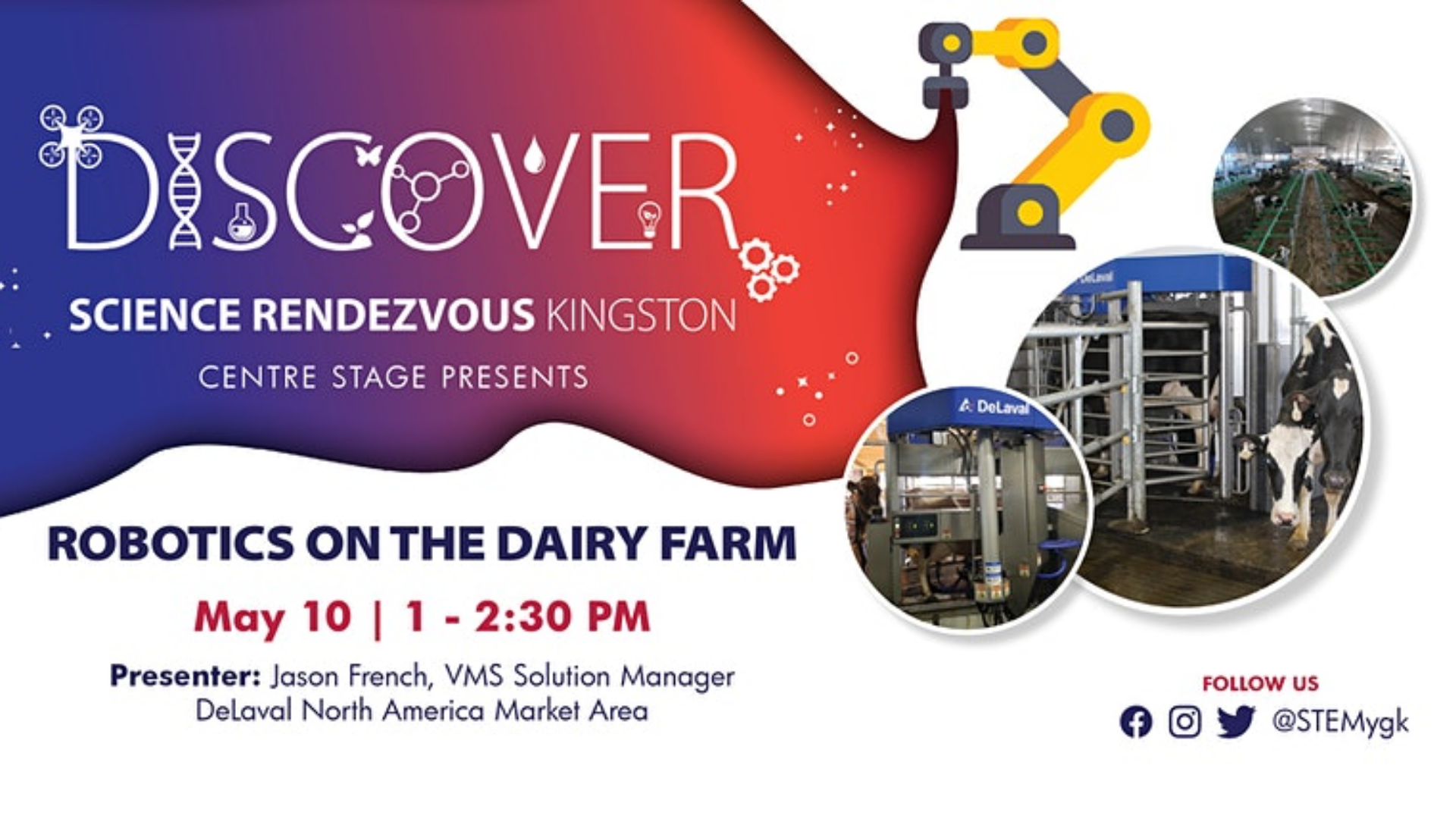
Robotics On The Dairy Farm
We will look at how the milking robot operates and how the overall cow comfort in these new dairy barns is making cows live longer. We will present videos of cows being robotically milked virtual tour of a robot barn to see how these cows are living today. When you go to buy that container of milk or tub of ice cream at your local store in the future, you will then know more about how that milk product started o? at the farm before it gets to your table.
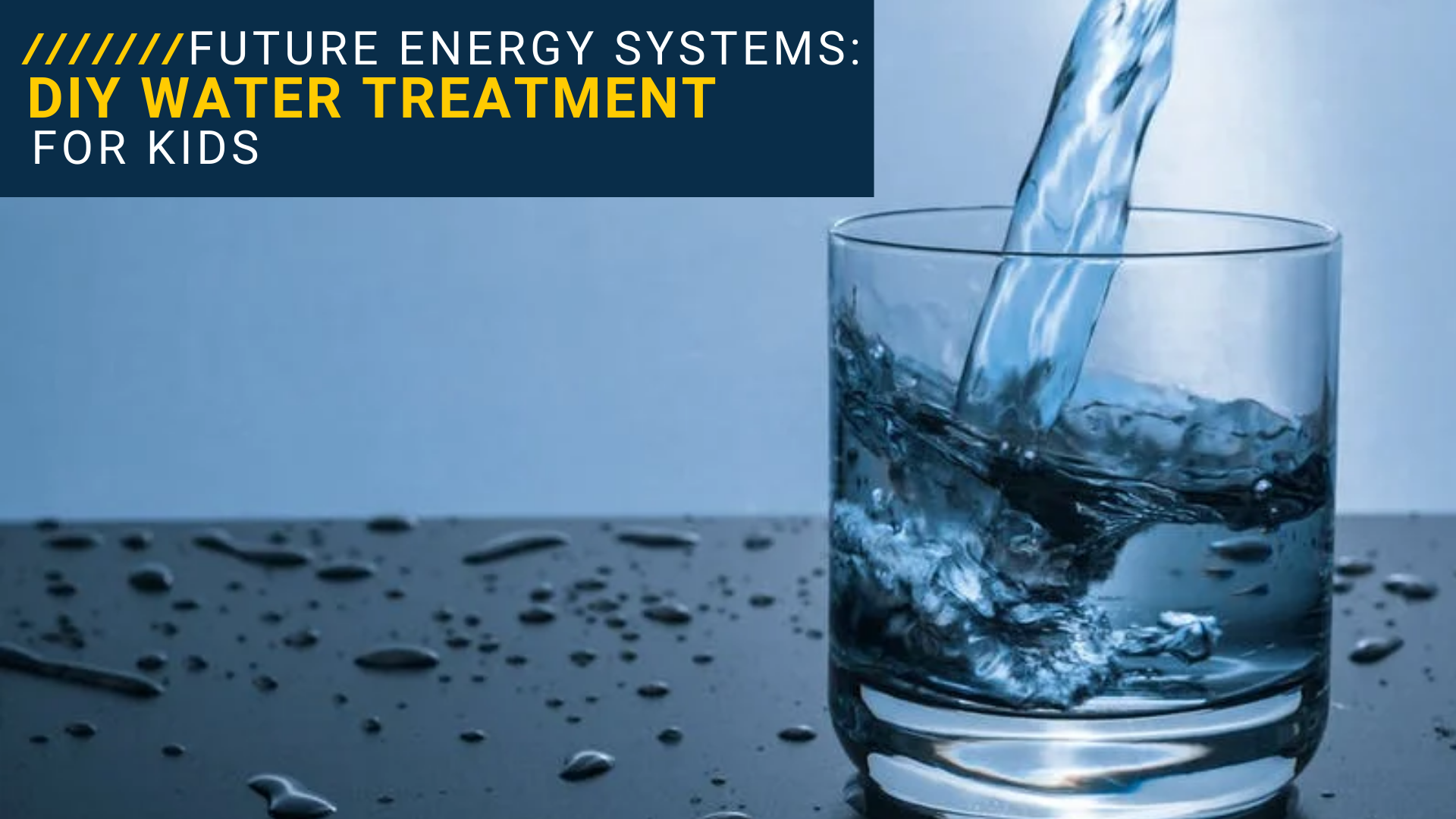
DIY Water Treatment for Kids | Science Odyssey with Future Energy Systems
Have you ever looked at a dirty cup of water and wondered how you can make it cleaner? Tonight you will learn how!
Join Kia Barrow and Future Energy Systems as she teaches you about water quality, water treatment and the connection to energy consumption. Then build a DIY water filtration system at home.
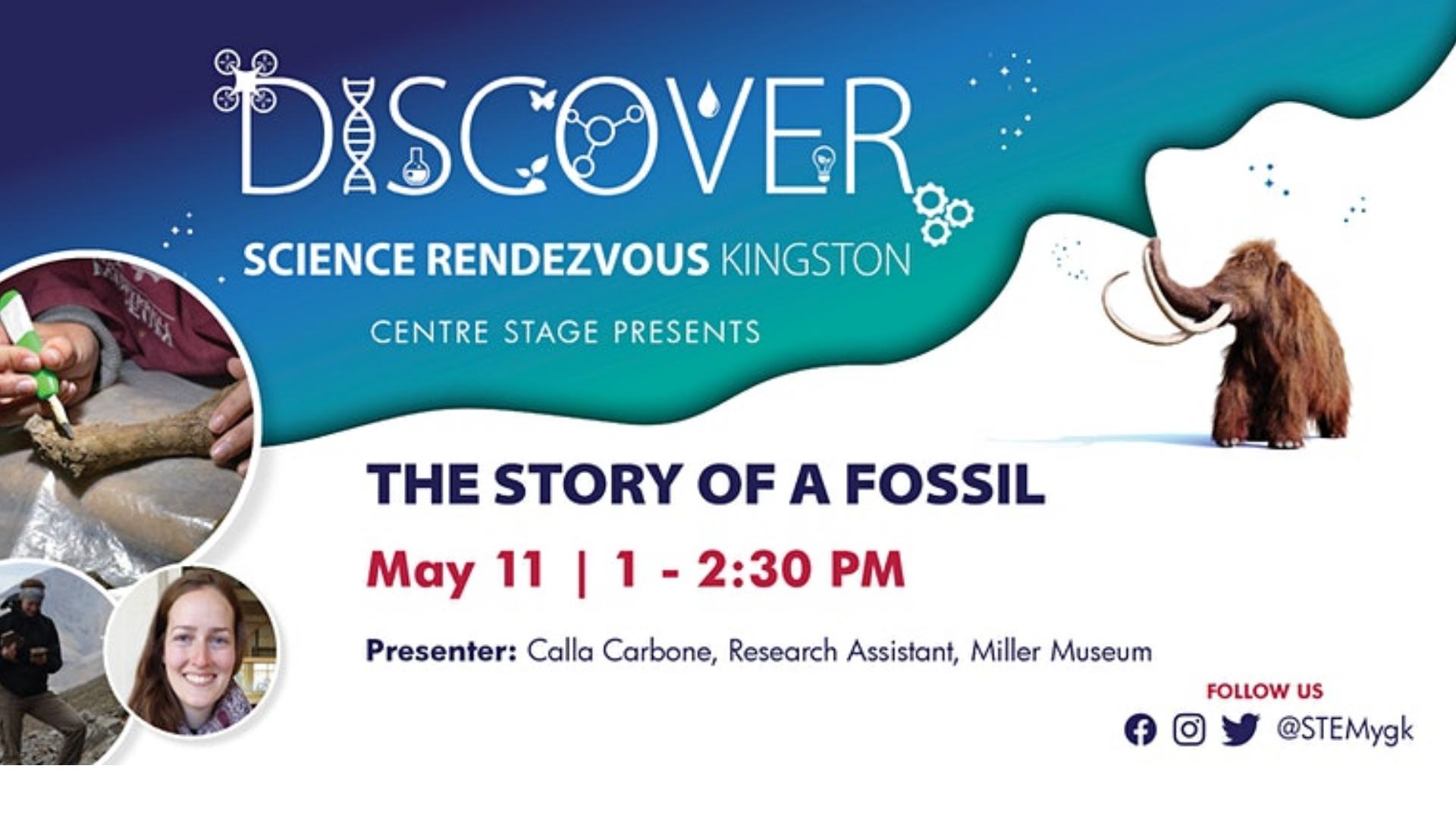
The Story Of A Fossil
A webinar given by a paleontologist discussing their experiences working on a variety of different Canadian fossils including Ediacaran fossils from Mistaken Point (Newfoundland) and the Northwest Territories, and Cretaceous fossils from the badlands of Alberta. The paleontologist will outline all of the steps that go into a fossil discovery: prospection, collection, preparation, research, and display and will be available for questions.
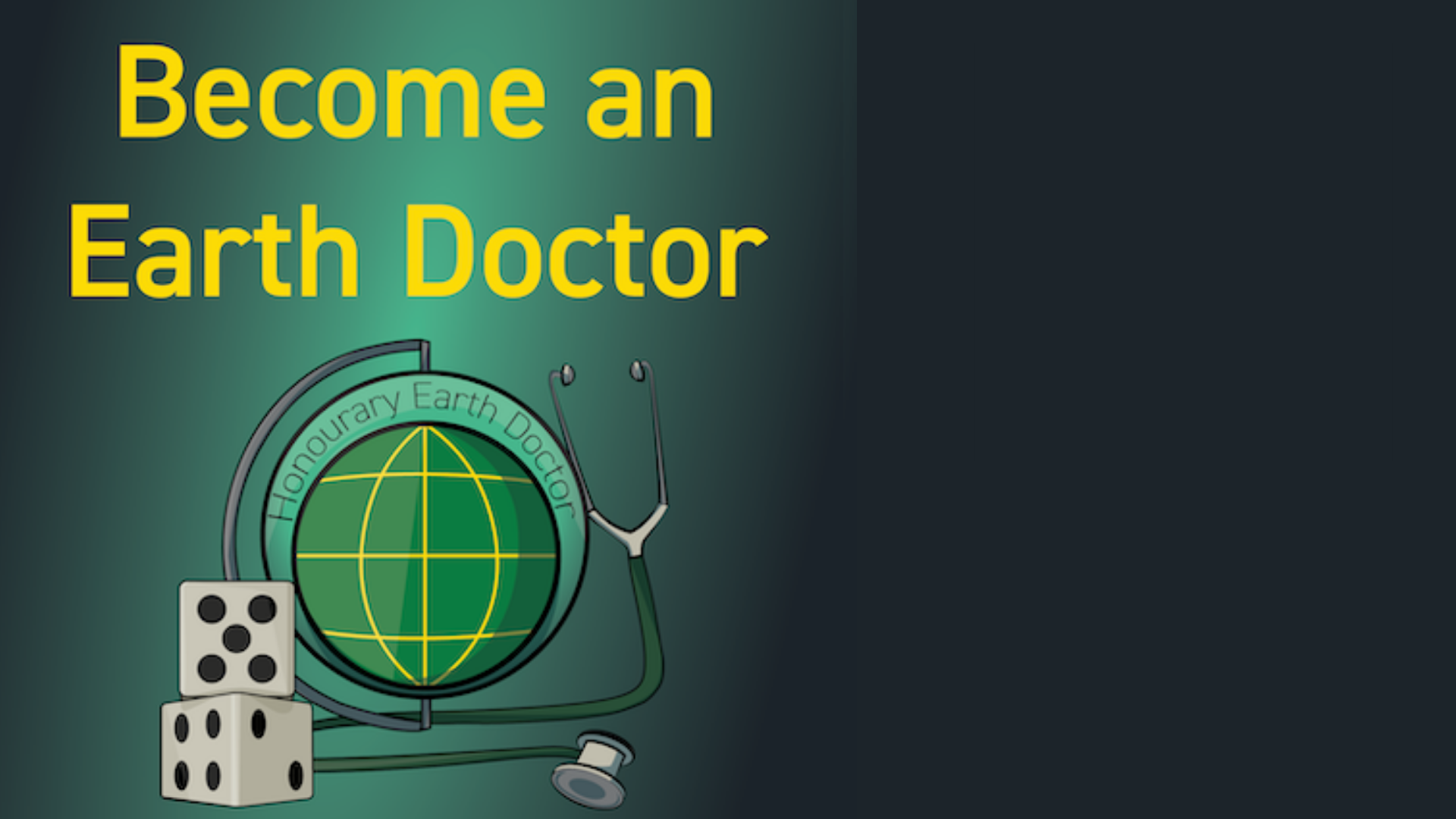
Become An Earth Doctor | Science Odyssey with Future Energy Systems
Do you want to be an Earth Doctor? Explore the steps of land reclamation with land reclamation scientists from Future Energy Systems and the Land Reclamation International Graduate School, University of Alberta. By playing along with the Dungeons and Dragons style game, you will face the challenges of land reclamation and try to heal the Earth yourself.
This session is recommended for children age 11 to 15 and families, however everyone is welcome.
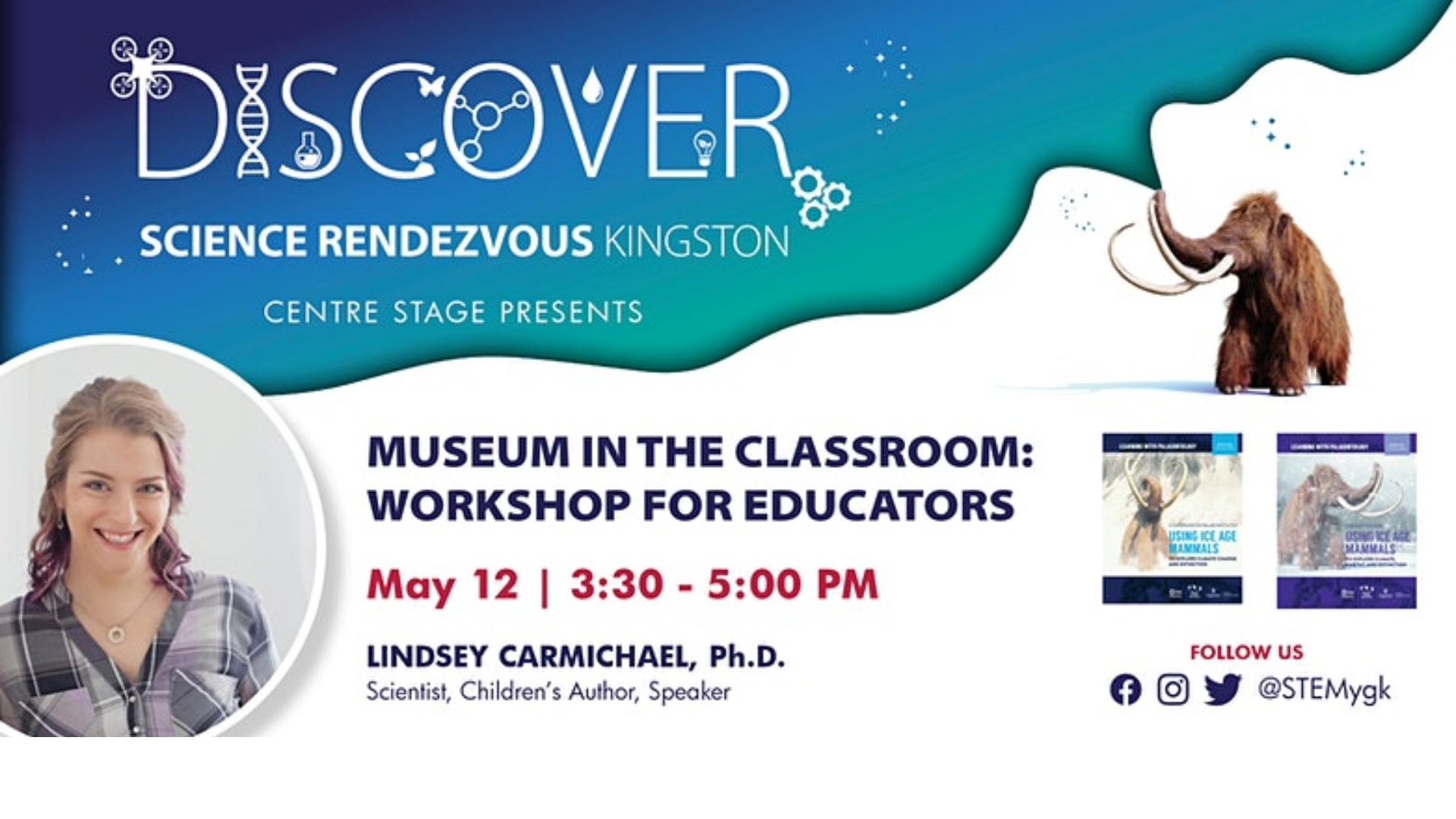
Museum In The Classroom: Workshop For Educators
In this workshop, you’ll discover how to bring these free resources into your classroom. You’ll examine the fossils, ask questions, and attempt some of the suggested classroom activities. Information on contents, curriculum connections, and borrowing both physical and digital editions of the Kits will be provided.
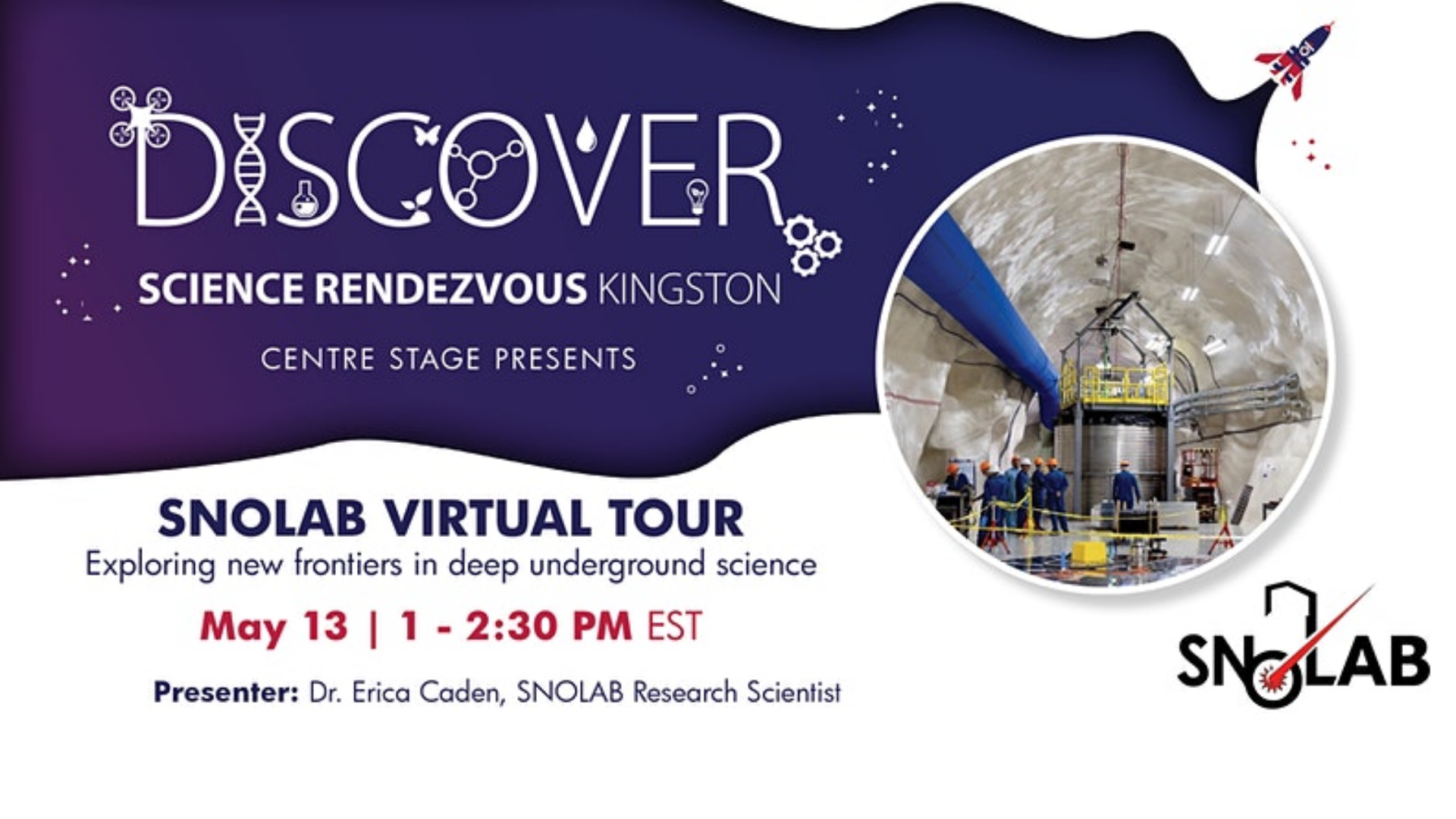
SNOLAB Virtual Tour
Join the team at SNOLAB for a virtual tour of Canada’s deep underground science laboratory. SNOLAB is a clean lab that is located 2km underground in an active mine. Scientists from around the world work together on huge experiment collaborations. Many experiments are focused on astroparticle physics but SNOLAB also hosts biology, geology and other types of science. Learn about the journey into the laboratory, about the science, and the people that make it happen.
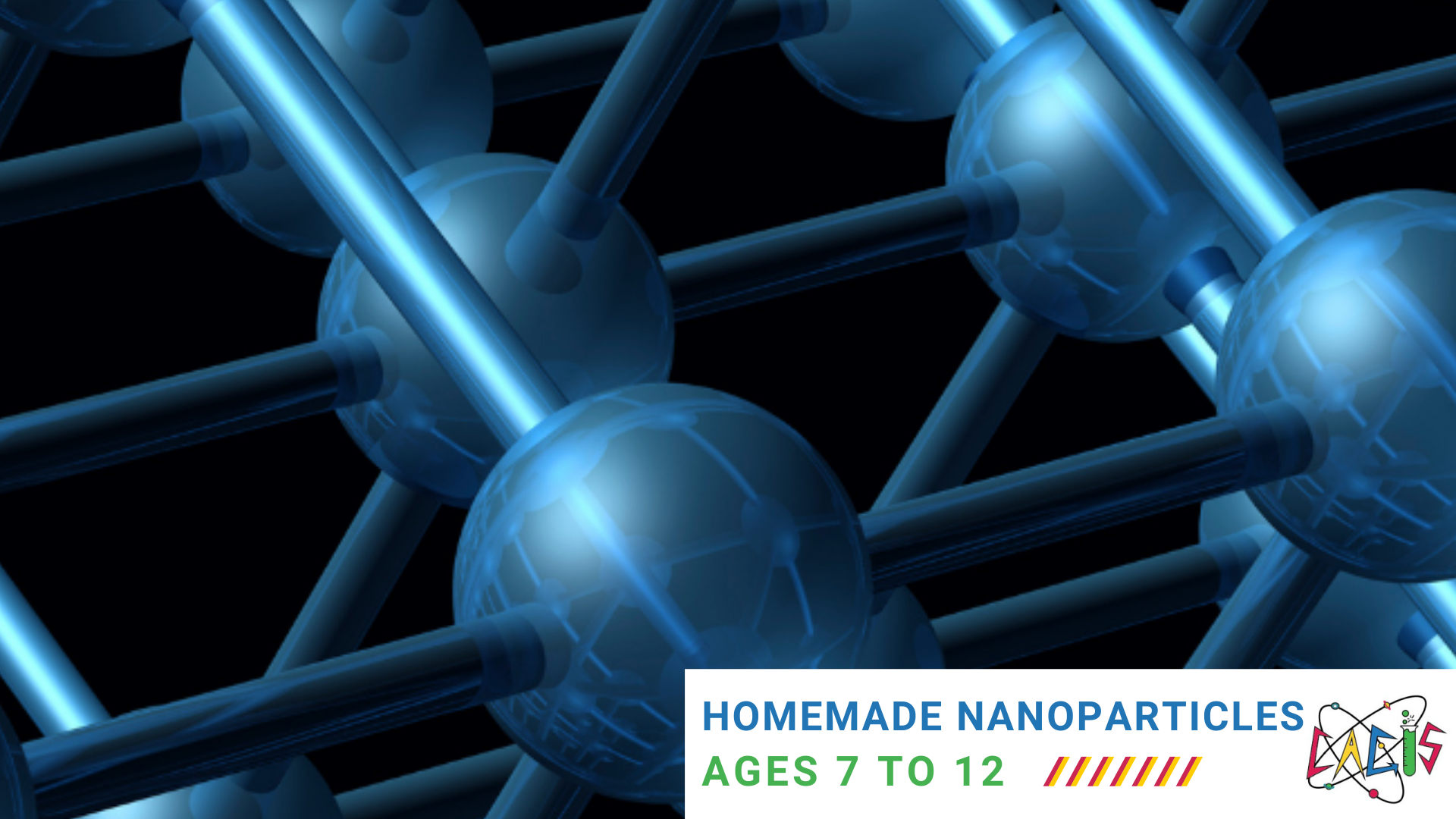
Homemade Nanoparticles (ages 7 to 12)
Nanoparticles are between 1 and 100 nanometers. That is one-millionth of a millimetre! Nanoparticles are used in healthcare to deliver medicine to targeted body areas, environmental science to create wires for solar cells, and aerospace engineering for aircraft wings. Typically, nanoparticles are invisible to the human eye. In this session, we will use our microwaves to make nanoparticles that are highly luminescent and visible under UV light!.
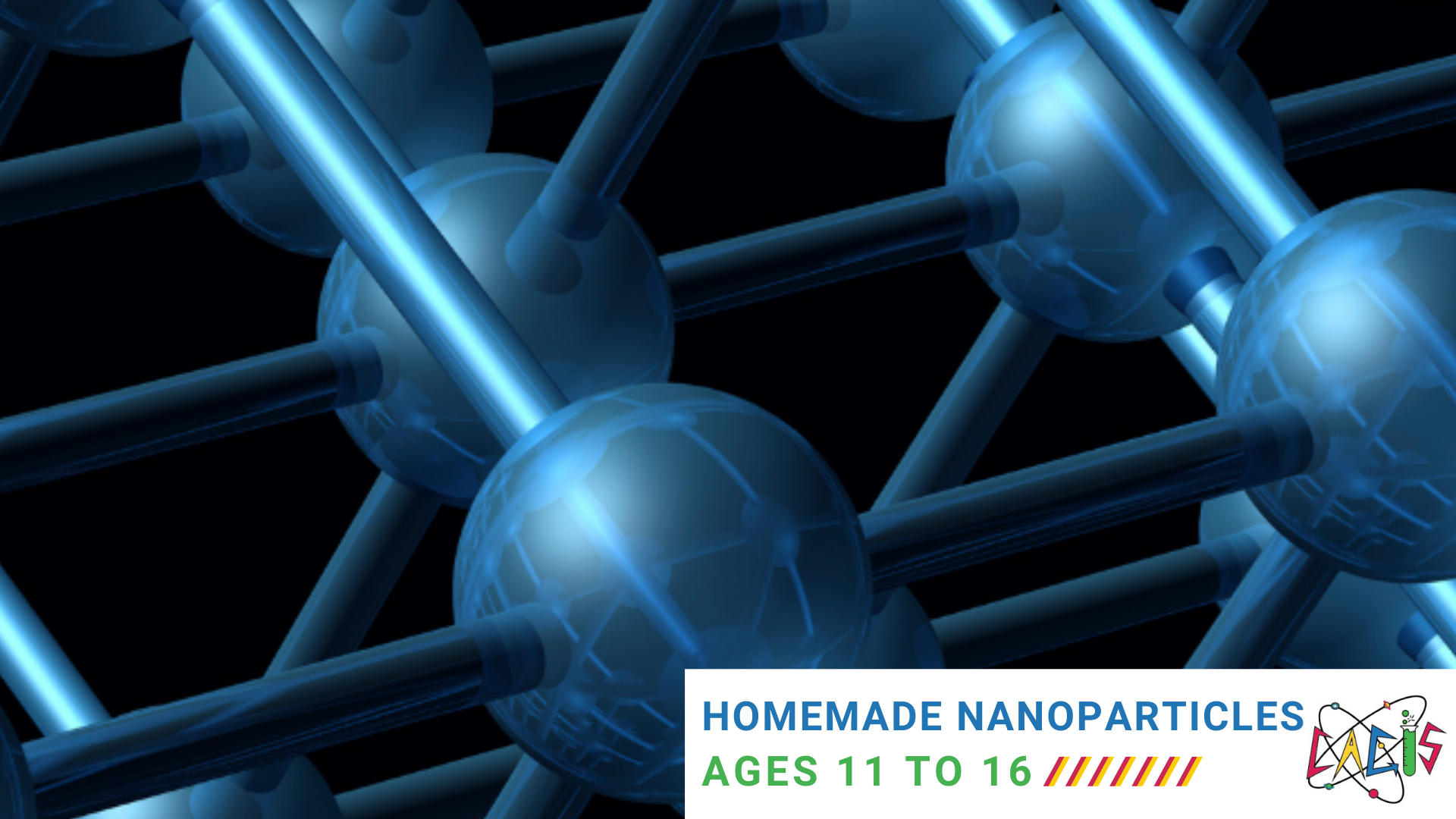
Homemade Nanoparticles (ages 11 to 16)
Nanoparticles are between 1 and 100 nanometers. That is one-millionth of a millimetre! Nanoparticles are used in healthcare to deliver medicine to targeted body areas, environmental science to create wires for solar cells, and aerospace engineering for aircraft wings. Typically, nanoparticles are invisible to the human eye. In this session, we will use our microwaves to make nanoparticles that are highly luminescent and visible under UV light!
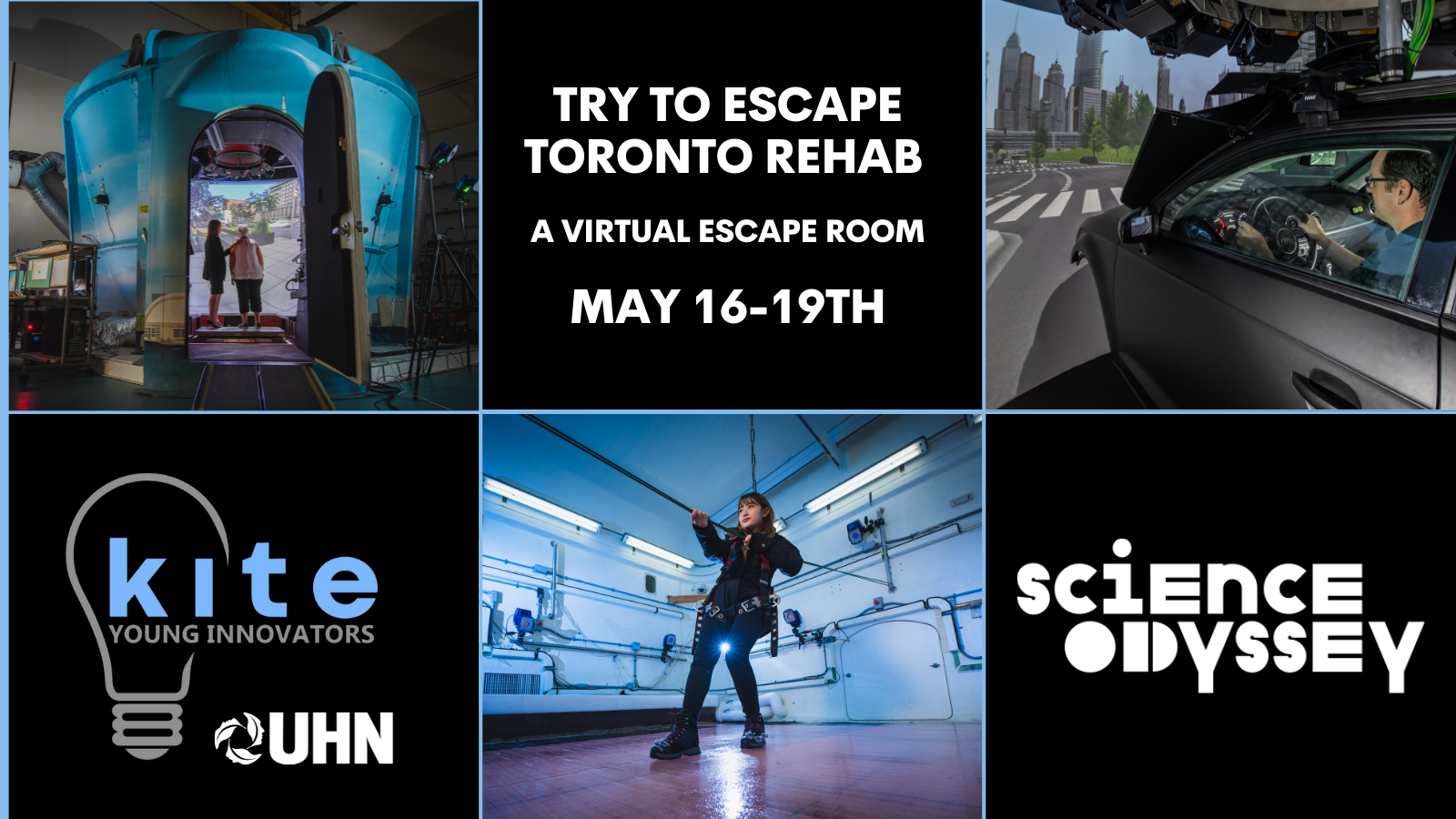
Try to Escape Toronto Rehab – a virtual escape room
During this virtual event, try your hand at escaping a Toronto Rehab Simulation Labs. Journey through virtual simulation labs, solving scientific puzzles along the way. Crack secret codes, answer trivia questions and discover hidden areas, all while learning about the exciting things happening at KITE and Toronto Rehab.
This escape room will be live for 4 days (Monday-Thursday). So do the escape room at your own pace!
Every person that completes the escape room will be entered into a draw for prizes!
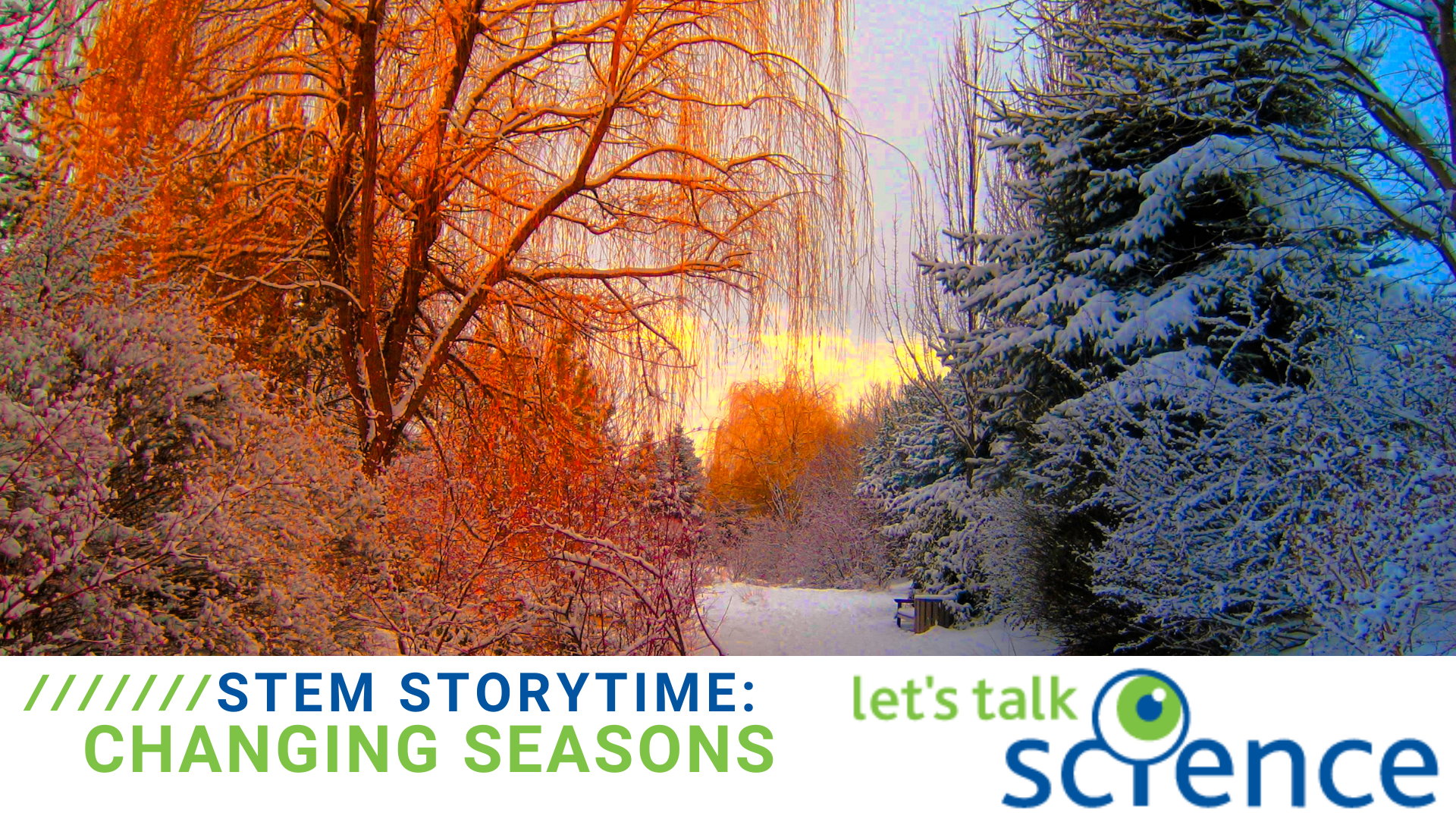
STEM Storytime – Changing Seasons
Join Let’s Talk Science Outreach to read “The Leaf Thief” by Alice Hemming, and complete an activity on the seasons!
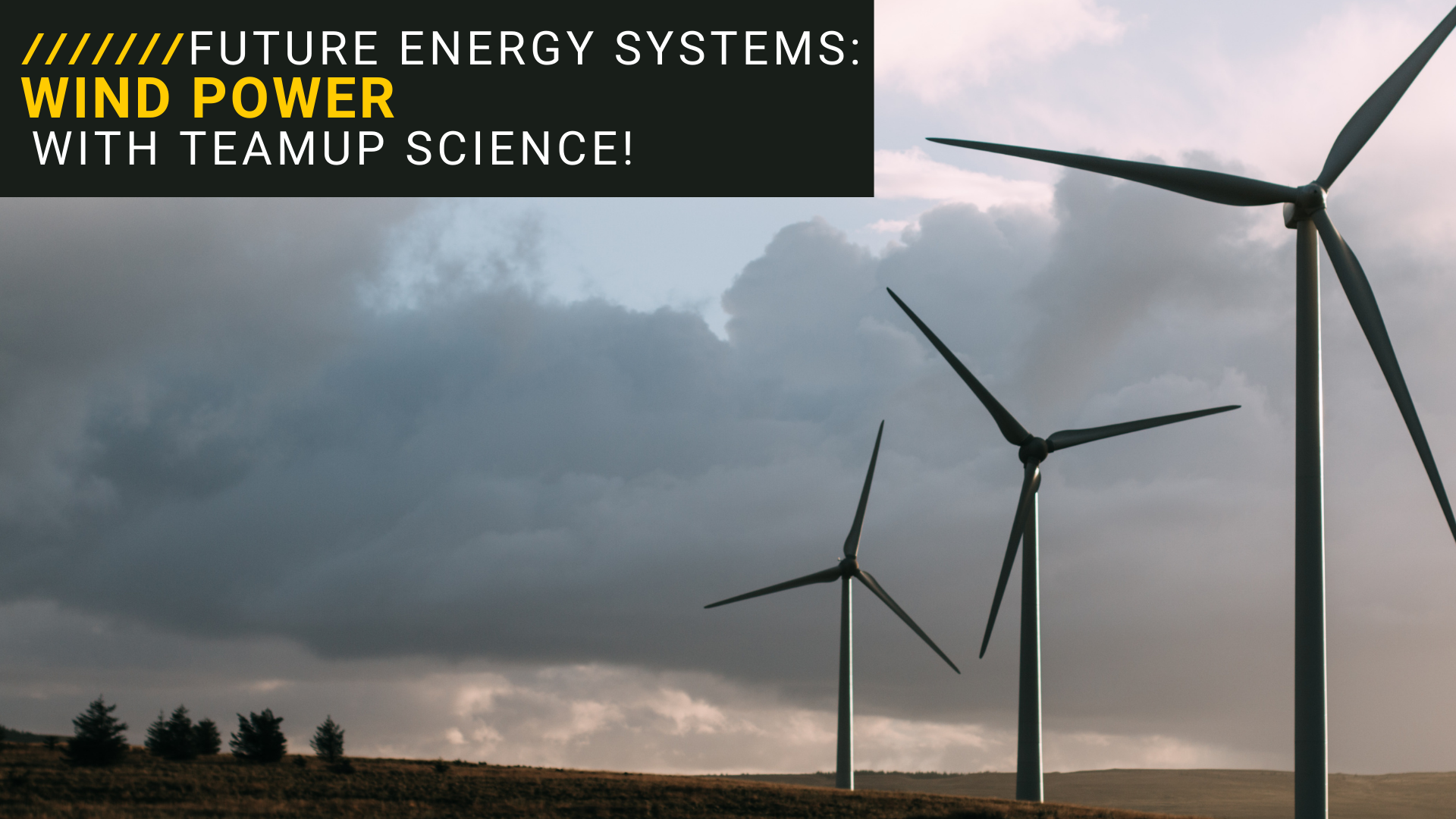
Wind Power with TeamUp Science! | Science Odyssey with Future Energy Systems
Energy is all around us and we can use many kinds of it! Even the wind blowing outside can be used by humans! Join Alan Han (TeamUp Science) and Future Energy Systems as he teaches you about how to harness the energy from the wind and make your own windmill at home.
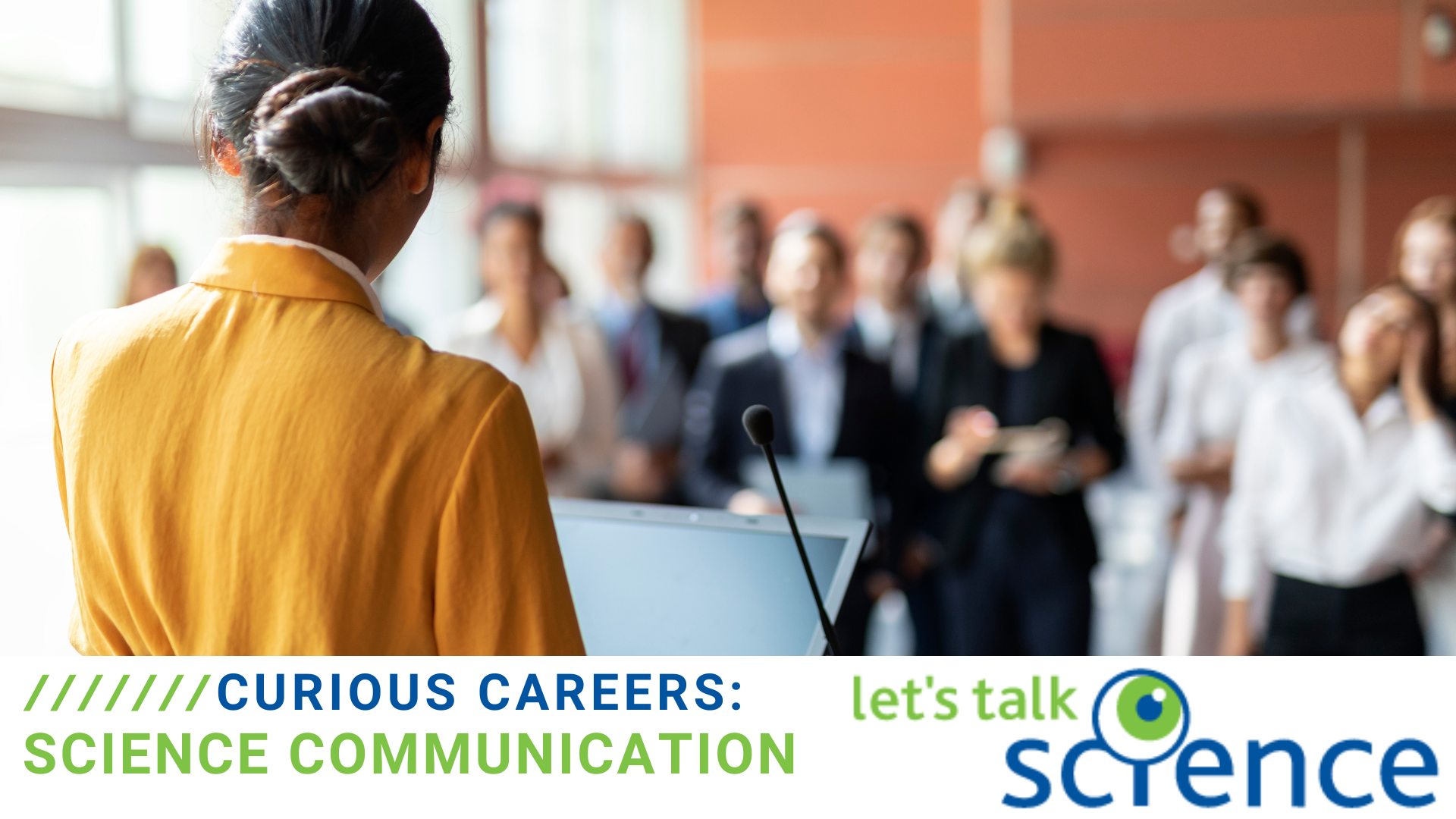
Curious Careers: Science Communication
Curious Careers is a STEM career exploration series for Grades 6-8. Once a month, panelists, including post-secondary students and industry professionals, will get together virtually to share their career journey in STEM and discuss how it relates to the lives and interests of the youth. Each session will focus on a different theme and will aim to explore exciting and diverse STEM fields, share what it looks like to work or study in STEM, and show students how STEM careers can be fun and inspiring.
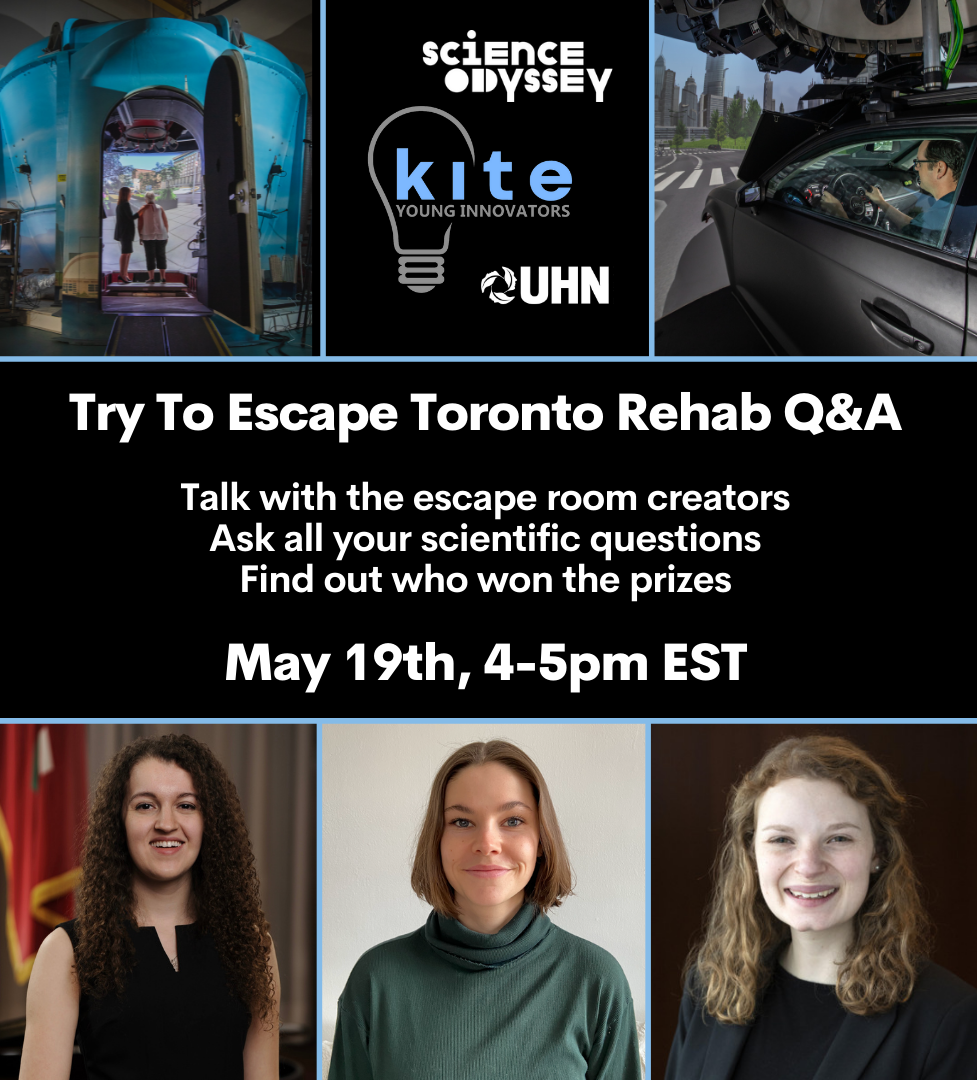
Try to Escape Toronto Rehab Q&A
During this week-long virtual event (May 16-19), you tried to escape the Toronto Rehab Simulation Labs. You cracked secret codes, answered trivia questions and discovered hidden areas, all while learning about the exciting things happening at KITE and Toronto Rehab.
While exploring the escape room, did you have any questions about the room? The science you learned? The work being done at Toronto Rehab?
Come to this one-hour session to take up the escape room, talk with the creators and ask all your scientific questions! Also, find out who won the prizes!

Become An Earth Doctor | Science Odyssey with Future Energy Systems
Do you want to be an Earth Doctor? Explore the steps of land reclamation with land reclamation scientists from Future Energy Systems and the Land Reclamation International Graduate School, University of Alberta. By playing along with the Dungeons and Dragons style game, you will face the challenges of land reclamation and try to heal the Earth yourself.
This session is recommended for children age 11 to 15 and families, however everyone is welcome.
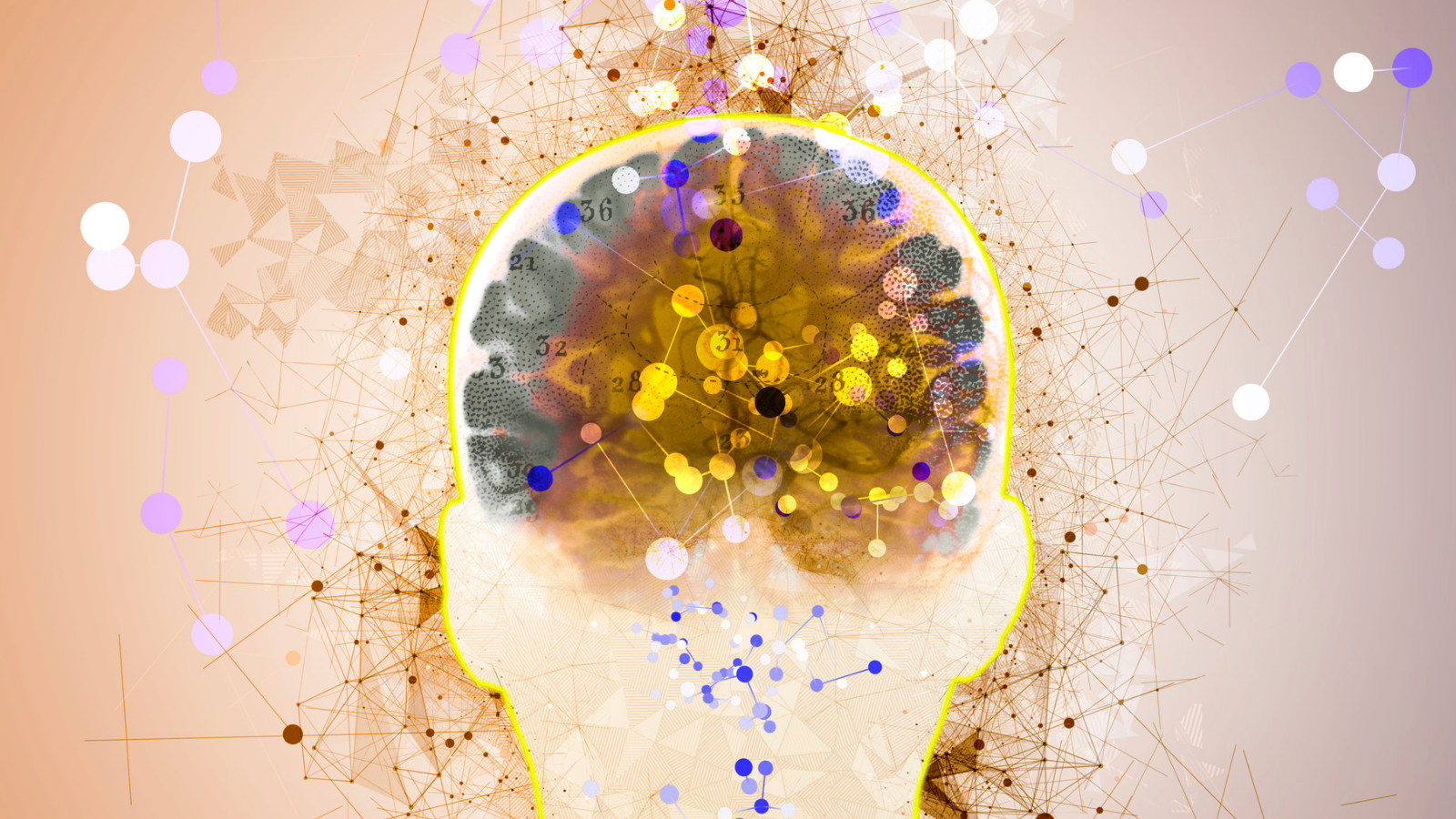
Are You Paying Attention? (Ages 7 to 12)
Attention helps people interact with the world and plays a role in creating memories. Get ready to pay attention: we will complete three fun attentional tasks and put our brains to the test!
Preparation: Mirror, heavy book or item to prop up a mirror, shapes handout (please print three copies of the star and one copy each of the square and hexagon), data collection sheet (please print one copy), cardboard box, pencil, and tape
Expert: Karen Mathias is a master’s student at the University of Waterloo, studying how elements of walking can provide insight into an individual’s brain health.

Are You Paying Attention? (Ages 11 to 16)
Attention helps people interact with the world and plays a role in creating memories. Get ready to pay attention: we will complete three fun attentional tasks and put our brains to the test!
Preparation: Mirror, heavy book or item to prop up a mirror, shapes handout (please print three copies of the star and one copy each of the square and hexagon), data collection sheet (please print one copy), cardboard box, pencil, and tape
Expert: Karen Mathias is a master’s student at the University of Waterloo, studying how elements of walking can provide insight into an individual’s brain health.
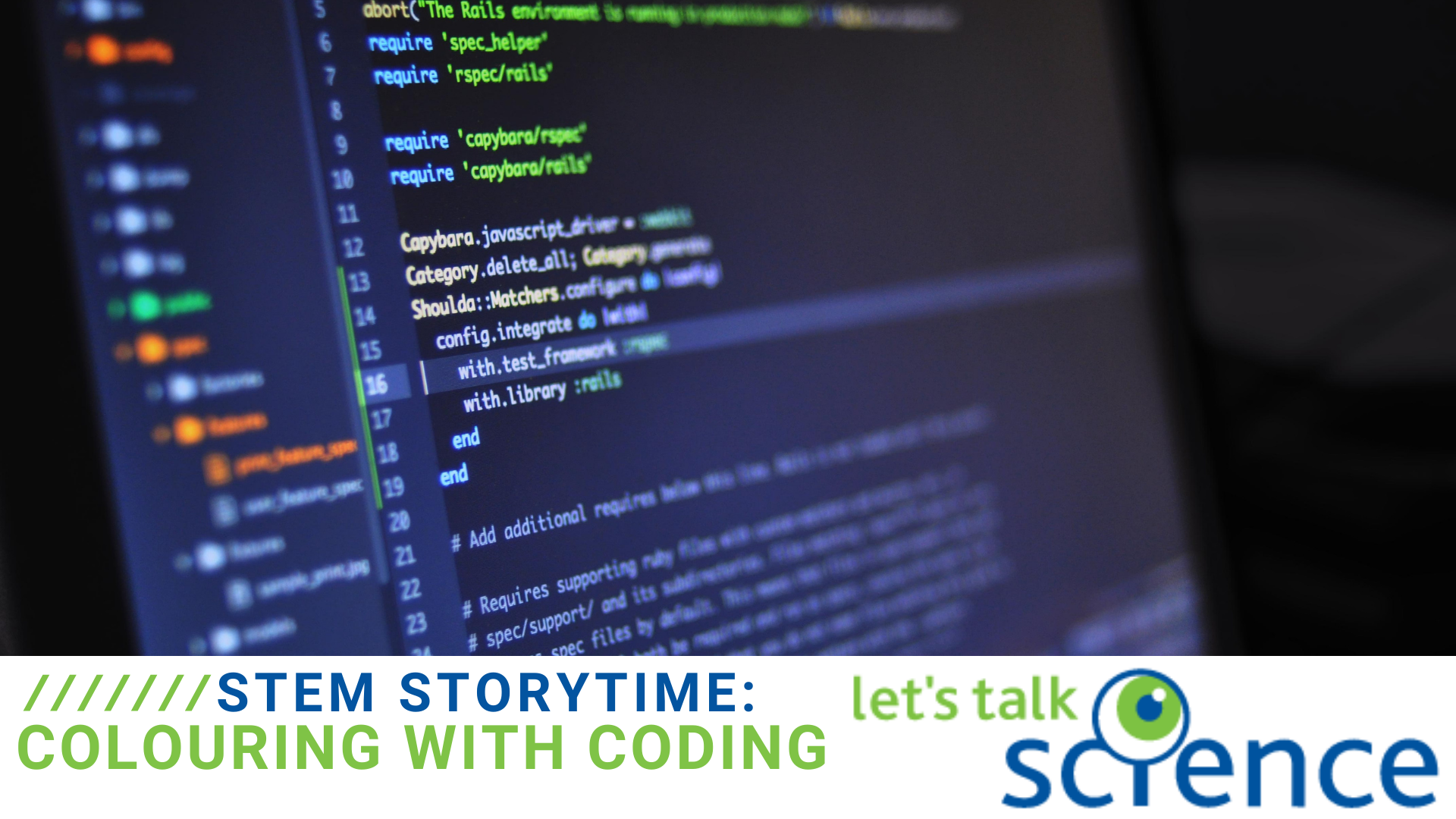
STEM Storytime – Colouring with Coding
Join Let’s Talk Science Outreach to read Katherine Schoepp’s book “If Ball, Then Catch”, complete a hands-on coding activity and meet the author!




















